Introduction

Steaming lean meat is an art form that combines precision, patience, and an understanding of culinary techniques. Whether you’re preparing pork tenderloin, chicken breast, or beef sirloin, achieving that perfect balance of tenderness and flavor can be challenging. However, with the right know-how, you can transform even the most lean cuts into moist, juicy, and delicious dishes. This comprehensive guide will walk you through the essential steps, tips, and tricks to steam lean meat that is not only nutritious but also a delight to your taste buds.
Understanding Lean Meat
Before diving into the steaming process, it’s crucial to understand the characteristics of lean meat. Lean meat refers to cuts with a lower fat content, which means they can dry out quickly if not cooked properly. This makes steaming an ideal cooking method as it preserves moisture and enhances flavor without adding unnecessary fats.
Different types of lean meat have varying textures and cooking times. For instance, pork tenderloin is tender and lean, making it ideal for steaming. Chicken breast, while also lean, can be more prone to drying out if overcooked. Beef sirloin, on the other hand, offers a rich flavor but requires careful handling to avoid toughness.
Choosing the Right Cut

The first step in steaming lean meat is selecting the right cut. Look for cuts that are evenly shaped and free of excess fat. Uniform thickness ensures even cooking, while leaner cuts prevent the dish from becoming greasy.
- Pork Tenderloin: Known for its tenderness and mild flavor, pork tenderloin is an excellent choice for steaming.
- Chicken Breast: Opt for boneless, skinless chicken breasts for steaming, as they cook more evenly and are less likely to curl up during the process.
- Beef Sirloin: While beef generally contains more fat than pork or chicken, sirloin is a leaner cut that can be successfully steamed if cooked to the right temperature and time.
Marinating for Flavor
Marinating is a crucial step in enhancing the flavor of lean meat before steaming. A good marinade can add moisture, tenderize the meat, and infuse it with a variety of flavors.
- Ingredients: Use a blend of acidic components like vinegar, lemon juice, or rice wine, combined with soy sauce, garlic, ginger, honey, and sesame oil for depth. The acid helps break down proteins, tenderizing the meat, while the other ingredients add complexity to the flavor.
- Marinating Time: For best results, marinate the meat for at least 30 minutes, preferably in the refrigerator. Overnight marinating can yield even more flavorful results, but be mindful of the acidity level, as too long in a highly acidic marinade can start to break down the meat too much.
Preparing the Meat for Steaming
Once marinated, it’s time to prepare the meat for steaming. This involves a few key steps to ensure even cooking and maximum tenderness.

- Patting Dry: Remove the meat from the marinade and pat it dry using paper towels. Removing excess marinade helps prevent the steaming liquid from becoming too diluted.
- Scoring or Slicing: For thicker cuts like pork tenderloin or beef sirloin, lightly score the surface with a sharp knife in a crosshatch pattern. This allows the marinade to penetrate deeper and helps the meat cook more evenly.
- Seasoning: Lightly season the meat with salt and pepper. Remember, the marinade already adds a lot of flavor, so additional seasoning should be minimal.
Setting Up for Steaming
The equipment you use for steaming is equally important. A traditional bamboo steamer is ideal, but a metal steamer basket or even a steaming rack in a large pot can work well.
- Boiling Water: Fill the bottom of your steamer or pot with water and bring it to a rolling boil. The water should be at a simmer once the meat is added to prevent it from boiling over and affecting the flavor.
- Lining the Steamer: Line the steamer basket with parchment paper or banana leaves to prevent sticking and to add an extra layer of flavor.
The Steaming Process
Now, it’s time to steam the meat. The key to success is precise timing and maintaining the right temperature.
- Placing the Meat: Arrange the meat in a single layer in the steamer basket. Overcrowding can lead to uneven cooking.
- Covering and Steaming: Cover the steamer tightly and steam according to the thickness and type of meat:
- Pork Tenderloin: Steam for about 20-25 minutes, or until an internal temperature of 145°F (63°C) is reached.
- Chicken Breast: Steam for 15-20 minutes, or until the internal temperature reaches 165°F (74°C).
- Beef Sirloin: Steam for 25-30 minutes, or until the internal temperature reaches 130-140°F (54-60°C) for medium-rare to medium doneness.
Checking for Doneness
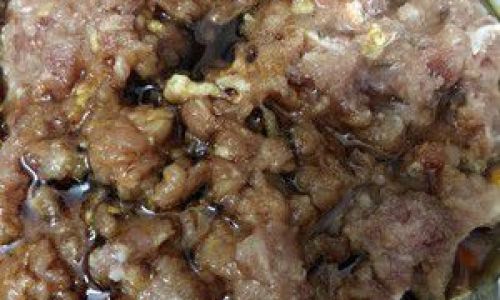
Use a meat thermometer to check the internal temperature of the meat. Insert it into the thickest part, making sure not to touch bone or fat. Once the desired temperature is reached, carefully remove the meat from the steamer.
Resting the Meat
After steaming, let the meat rest for a few minutes. This allows the juices to redistribute, ensuring a more tender and juicy final texture.
Serving and Enhancing Flavor
Now that your lean meat is perfectly steamed, it’s time to serve and enjoy. Here are a few ways to elevate the dish:
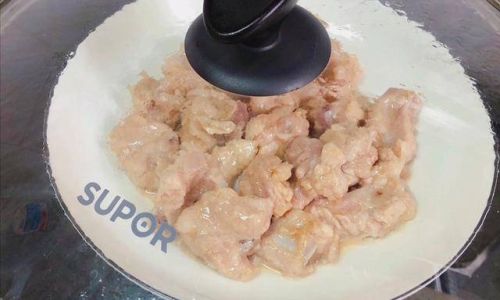
- Sauces: Serve with a light soy-based dipping sauce, ginger-scallion sauce, or a drizzle of sesame oil and soy sauce for added flavor.
- Garnishes: Enhance the presentation and taste with fresh herbs like cilantro, parsley, or mint. Sliced green onions, sesame seeds, or a sprinkle of chili flakes can also add a nice touch.
- Accompaniments: Pair your steamed meat with steamed vegetables, rice, or noodles for a balanced and satisfying meal.
Troubleshooting Common Issues
Even with the best intentions, things can go wrong. Here are some common issues and how to troubleshoot them:
- Dry Meat: Ensure the meat is not overcooked and that it has been marinated properly. Using a meat thermometer can prevent overcooking.
- Tough Meat: This can be due to undercooking or using a cut that is inherently tougher. Adjust cooking time accordingly and consider using tenderizing techniques like pounding the meat lightly before marinating.
- Flavorless Meat: Marinate for longer periods or use a more robust marinade. Adding aromatic ingredients like garlic, ginger, and star anise can also boost flavor.
Conclusion
Steaming lean meat is a rewarding culinary endeavor that yields delicious, healthy results. By following the steps outlined in this guide, from selecting the right cut to marinating, preparing, steaming, and serving, you can achieve tender, flavorful dishes that will impress even the most discerning palate. Remember, the key to success is patience, attention to detail, and a love for the art of cooking. With practice, you’ll soon be a master of steaming lean meat, creating meals that are not only nutritious but also a joy to eat. Happy steaming!

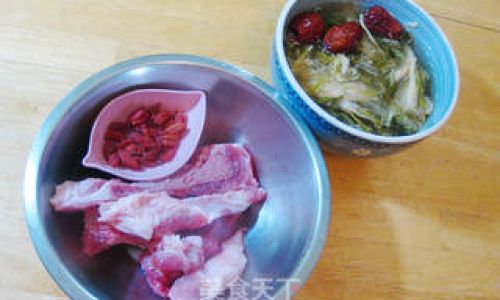
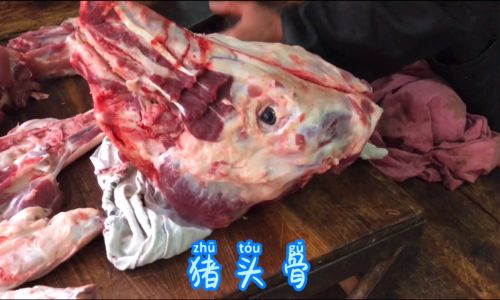

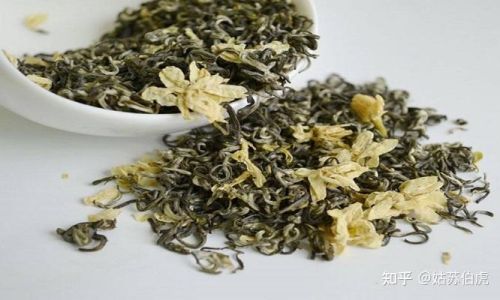

0 comments